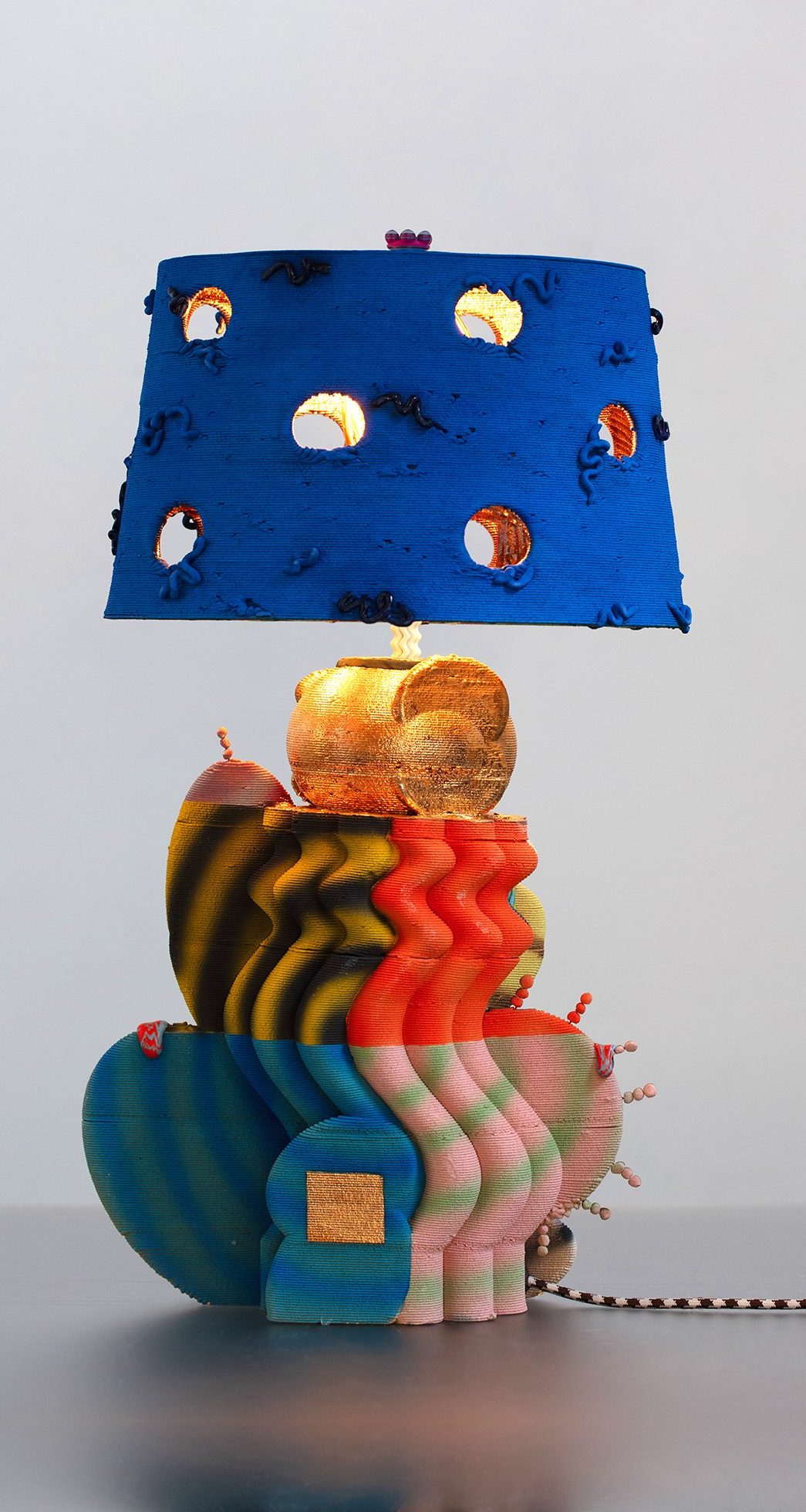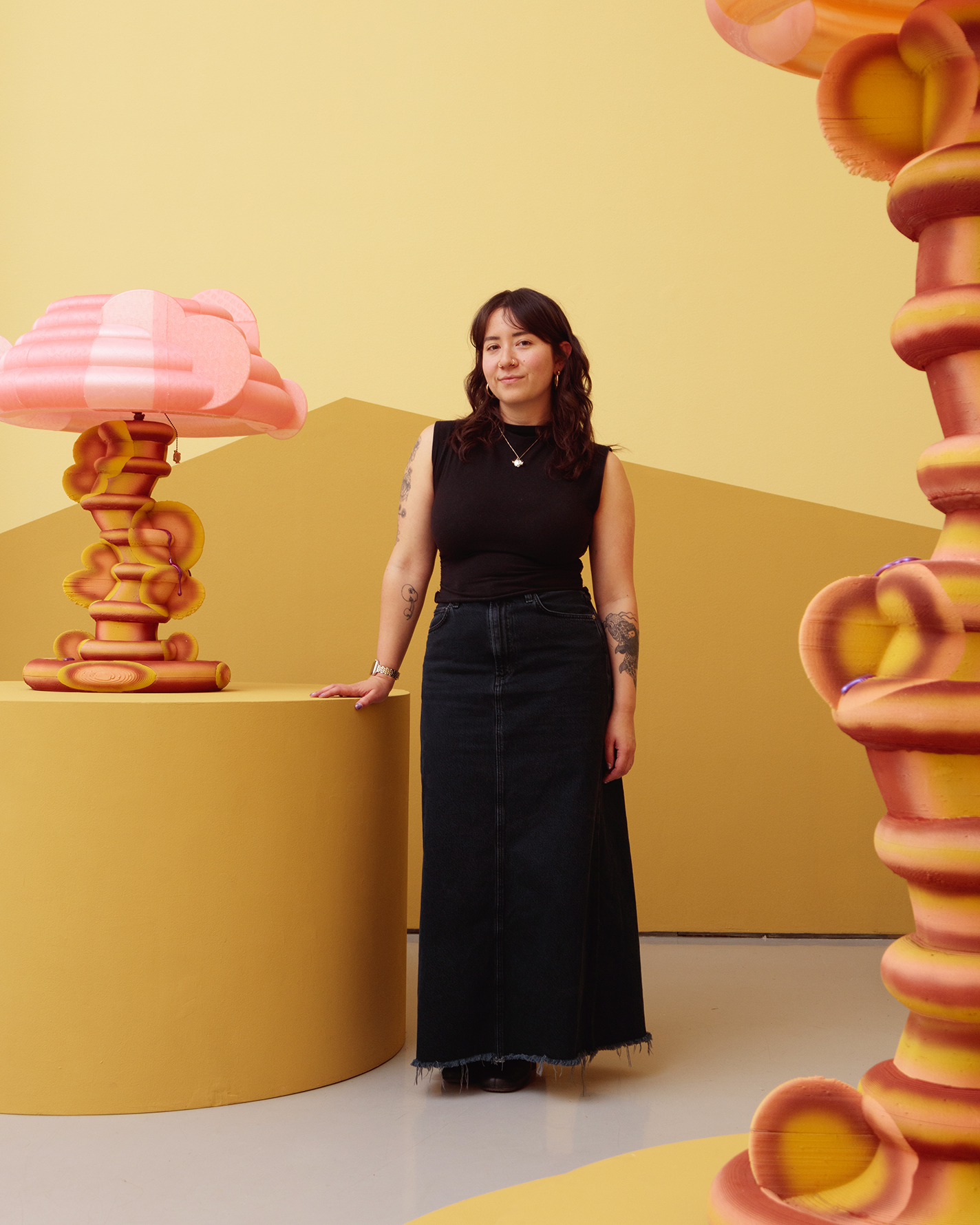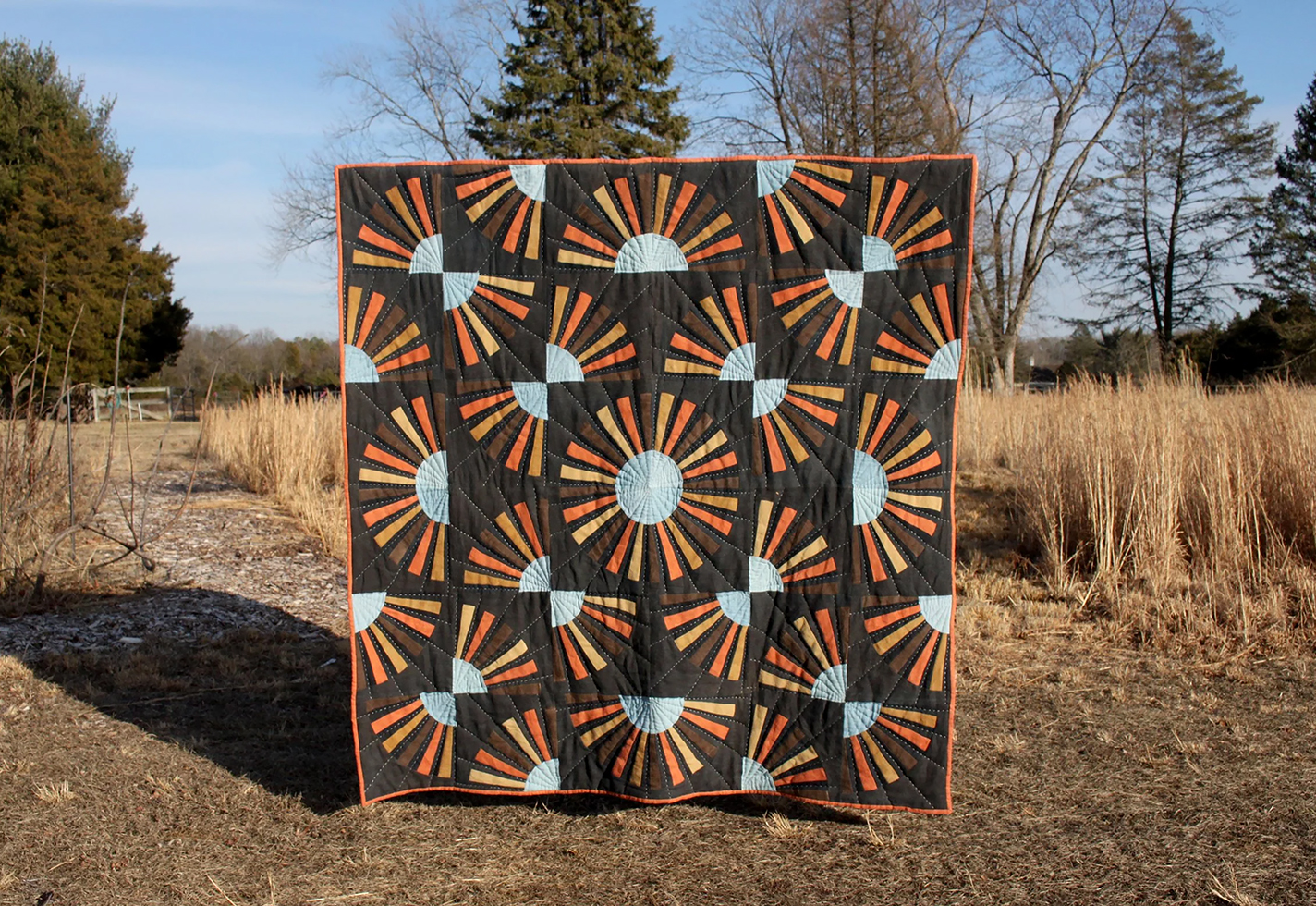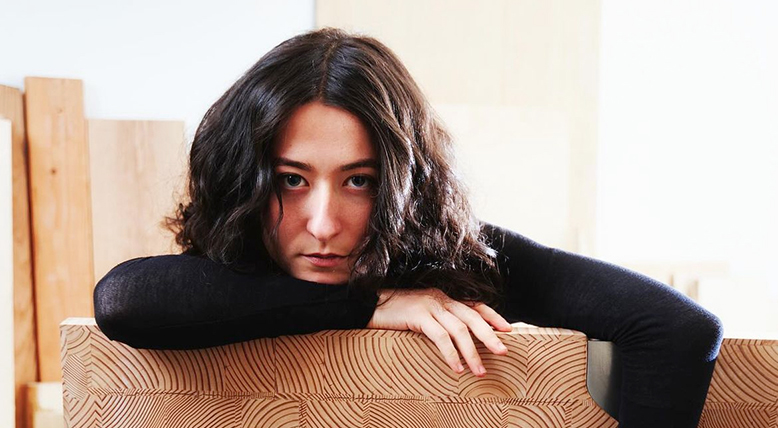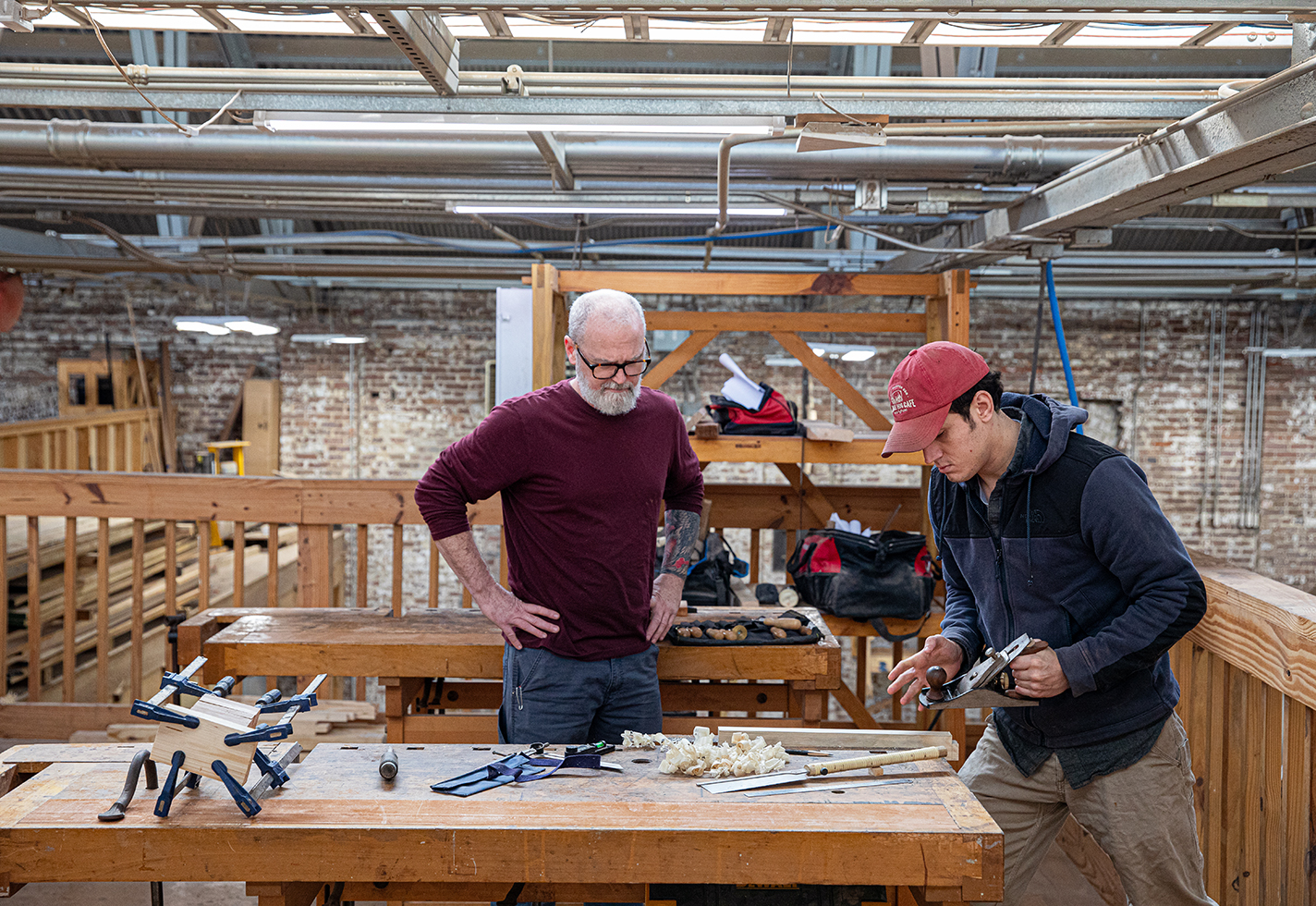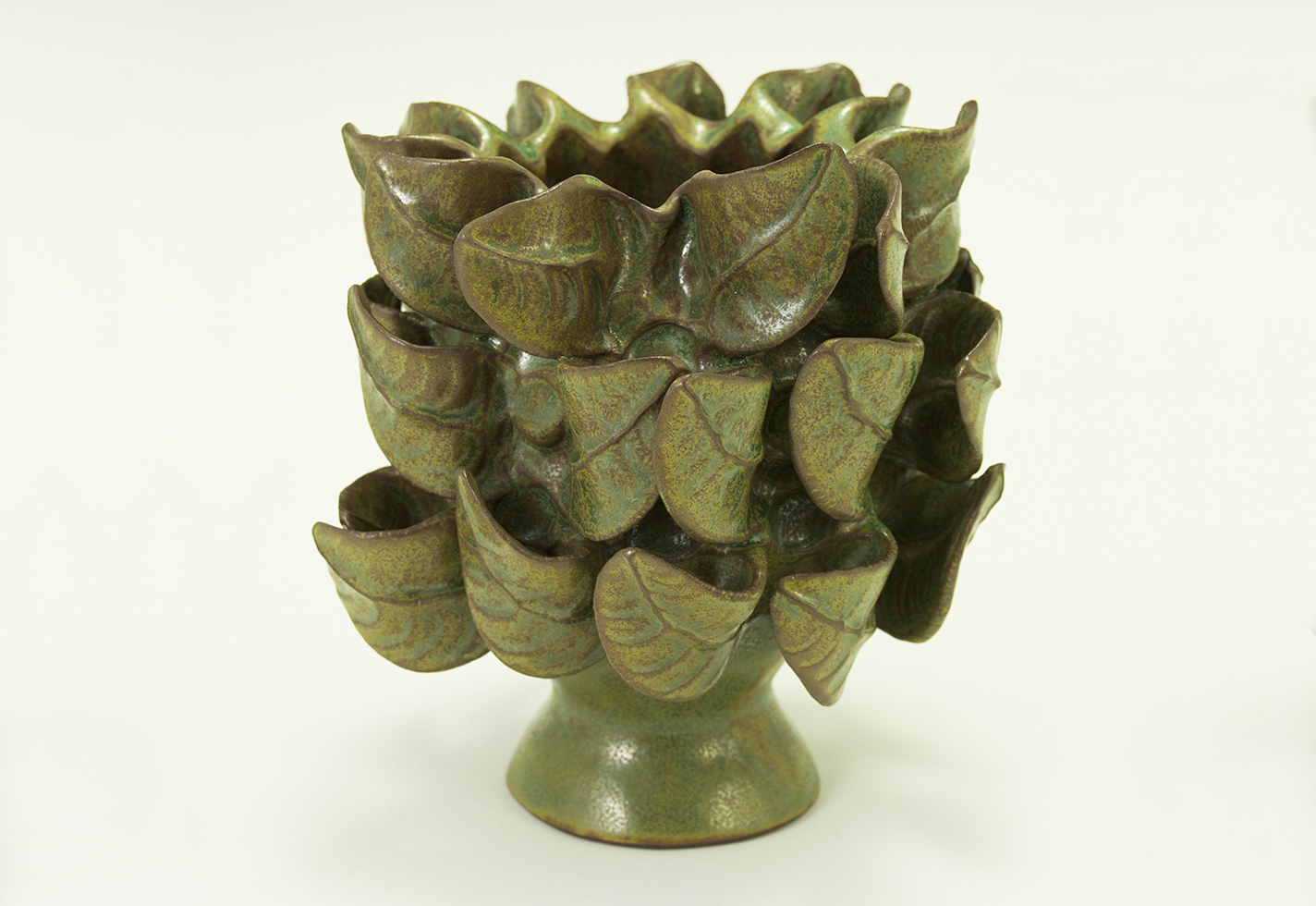Ceramic artist Jolie Ngo was in her final semester at the Rhode Island School of Design (RISD) when the pandemic struck. Until then, she hadn’t given much thought to 3D clay printing, a fairly new technology in ceramics. “Covid happened and we all got kicked out of the studio,” recalls the Philadelphia-born, California-based artist. “But my professor offered to 3D print and fire models for us, and it became the only way I could continue pushing my practice.”
Those pieces—left for her to collect from a box outside the locked studio—were the seed for the work that now defines her: kaleidoscopic, otherworldly objects designed on a computer and realized using a 3D printer, a practice that makes her one of the few ceramists working at the intersection of traditional craft and emerging technology.
Her style is delightfully unruly: some pieces feature shapes that look like flower petals, snail heads, and industrial wheel cogs, while others resemble nothing from this world. Free-form shapes comingle with intricate detail, and rawness with delicacy. Whatever time she saves by using a machine to mold clay, she spends by adding layer upon layer of color (usually airbrushed) and finishes, such as metallic glazes, that are applied to tiny spheres, globules, and other protrusions added to her vessels.

Floor Lamp in Power Clash, 2025, stoneware, glaze, wire, luster, 60 x 20 x 17 in.

